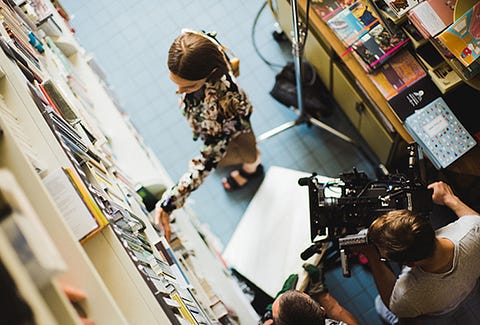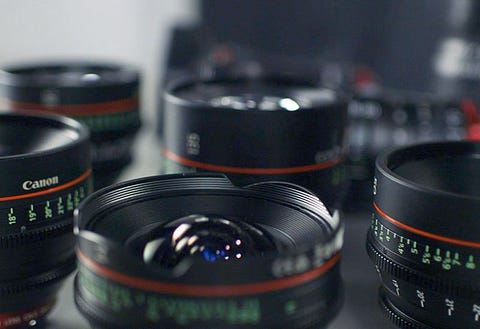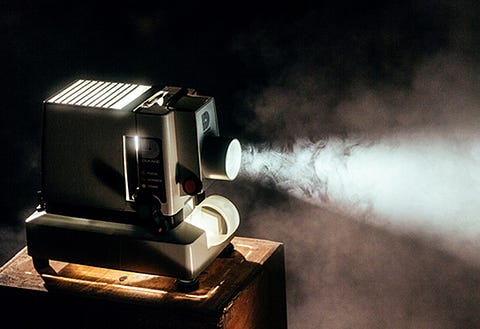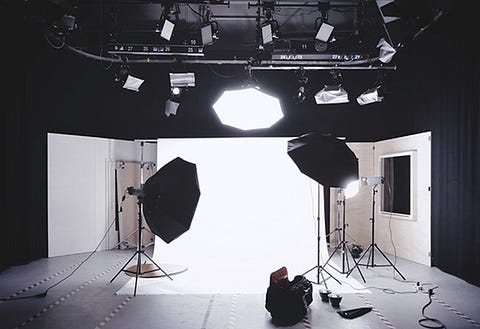
Mise en scene is a French term that means “placing on the stage” and is commonly used by cinema analysts all over the world. It defines all the visuals of the film, whatever is in front of the camera makes for mise en scene. It’s the elements of this mise en scene that enhance the visual appeal of the film. There are broadly 4 elements of mise en scene using which the director stages the scene for the film to provide his audience a visually delightful experience.
The SettingWhether it is an actual location or a set design, all the elements that form the backdrop of a scene come under the setting. In real locations, the snow-covered mountains, the green landscapes, or barren desert, the calm sea or rocky seashore, all become part of a scene’s setting and set the tone and mood for the same. Sometimes, within these locations, the falling leaves from a tree, or a wind swaying away the heroine’s hair are further used for creating an impact and enhance the dramatics. Sets are constructed either to recreate a real location or to give wings to a director’s imagination and create a fantasy land. Apart from the main location of the scene, a lot of attention is given to small elements that tell the audience more about the scene or the characters. For example, if a character is seen sitting in a small room, with bunk beds, working under a study lamp, the audience can instantly relate to the character being in a hostel or being a student without any dialogues or voice over revealing about it. Both the director and the cinematographer need to have control over the setting because direction and cinematography go hand in hand to create a flawless mise en scene.
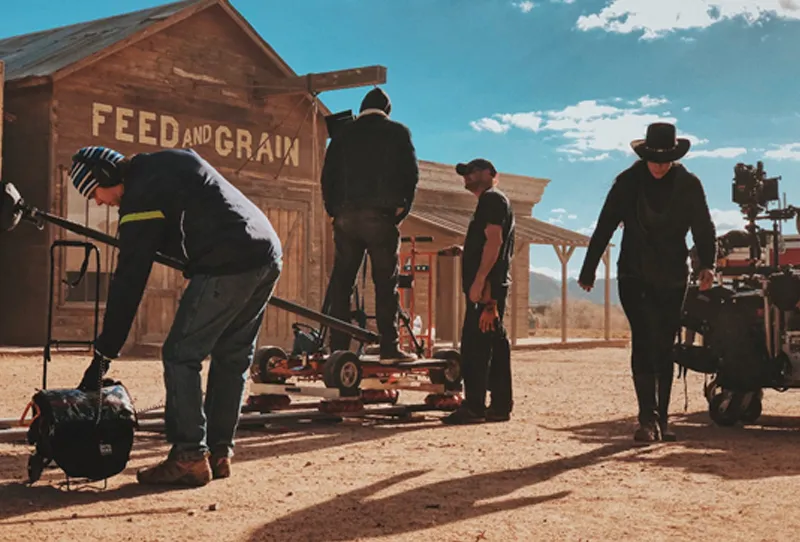
Costumes and Makeup
Even though sometimes when writing a screenplay, costumes and makeup may not get a lot of attention, but when the script must come alive on screen, costumes and makeup form essential elements of mise en scene. The costumes and make-up define geographies, financial state, physical appearance, and sometimes also reflect the mental state of a character. For instance, a character playing a villager will often be seen dressed in simple clothes while the urban counterpart could be dressed in designer clothes that establish the difference between their lifestyles. Sometimes directors and costume designers must conduct extensive research to show a particular period or community dressing. Historical movies like ‘Asoka’ paid great attention to the costumes of that era. Since there is no evidence of tailored stitching during those times, all clothes in the movie had to cleverly hide the use of stitches, or buttons and hooks to make it look relevant to those days. And not just clothes, but even makeup and hair enhance the overall visual appeal of a character or create more impact. The film ‘Fan’ is a notable example, wherein the use of advanced makeup techniques like prosthetics, Shahrukh Khan and his lookalike version had both similarities and yet distinct facial features. ‘Paa’ is another fantastic example, where makeup helped create a look for Amitabh Bachchan’s character who was suffering from progeria. Horror films and the impact of those horrific looking faces are all a result of amazing makeup.

Lighting
Lighting is one of the key elements that sets the overall mood and tonality of the scene. Soft lighting for romantic scenes, low key lighting with sharp contrast for horror or suspense thrillers, for a director, lighting is much more than an object that illuminates a scene, it is a tool through which a director communicates, intensity, depth, and even emotions of a character. Front lighting is used when the director wants to remove any shadows from a scene. Scenes that are shot outdoors during peak sunlight often use this technique. Side lighting is brought into play when the features of a character or an object play a key role in the development of the narrative. Sidelight causes the features of an object to cast sharp shadows. Backlighting illuminates only the edges of an object. When a silhouette effect is desired, this type of lighting is used.
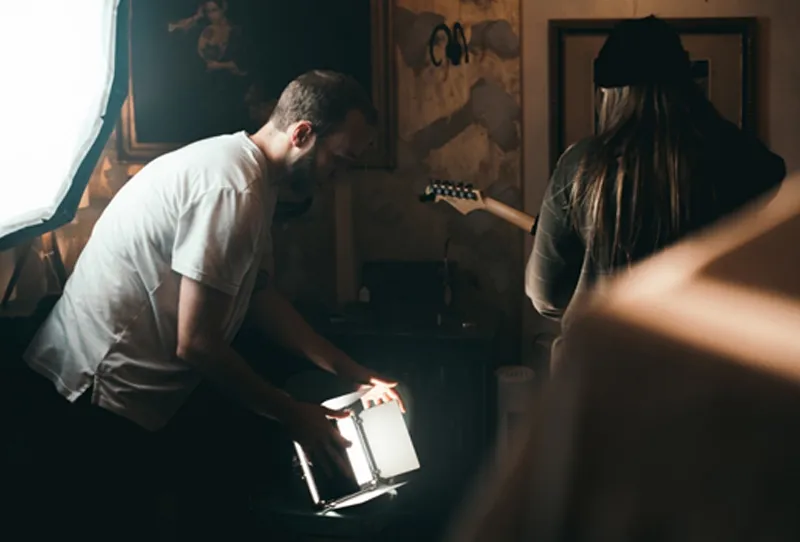
Characters
Actors, their expressions, and their movements, all form a very integral part of mise en scene. The appropriateness of expressions is one of the most important components of film study. The actor’s behaviour on the screen is usually the focal point of any scene. The way an actor walks, his or her gestures, facial expressions, everything that establishes the character is part of the mise en scene. Remember the introduction scene of the famous villain Mogambo in the film ‘Mr. India’? From his black attire to his golden hair and silently beating his finger rings against his throne’s armrest, and his wicked smile, all establish the negativity of his character. The facial expressions of the character are also like a mirror into what’s going on in their heads. For instance, when an actor is seen trembling, the audience can relate it to the fear the character is experiencing, or when an actor is quiet and frowning, the audience can feel the actor’s sadness. By appropriateness of expressions and movements, the actor brings about a sense of realism to the character. The director needs to always be in control of this. Certain inappropriate or over the top expressions are often considered both a bad performance by the actor and bad direction by the director.
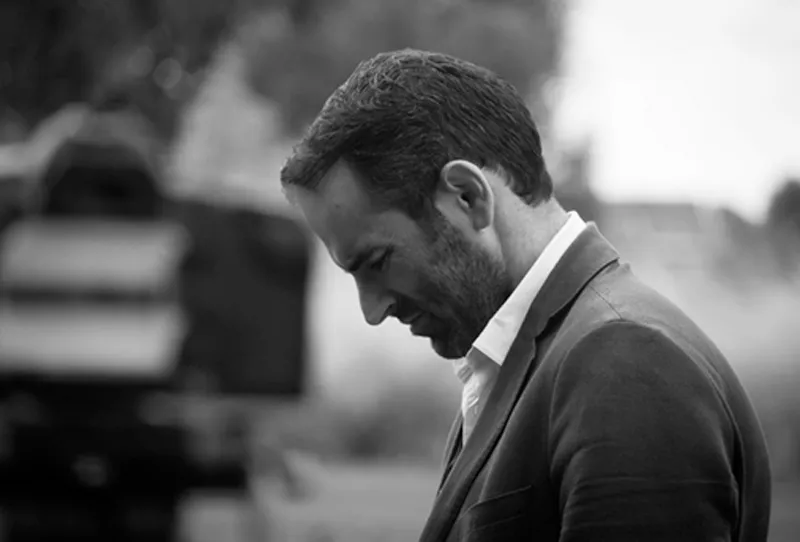
Reference Links:
www.nfi.edu/foley-artist
www.sound-ideas.com/Page/what-is-foley
www.studiobinder.com/blog/what-is-a-foley-artist
www.nfi.edu/foley-artist
www.sound-ideas.com/Page/what-is-foley
www.studiobinder.com/blog/what-is-a-foley-artist
